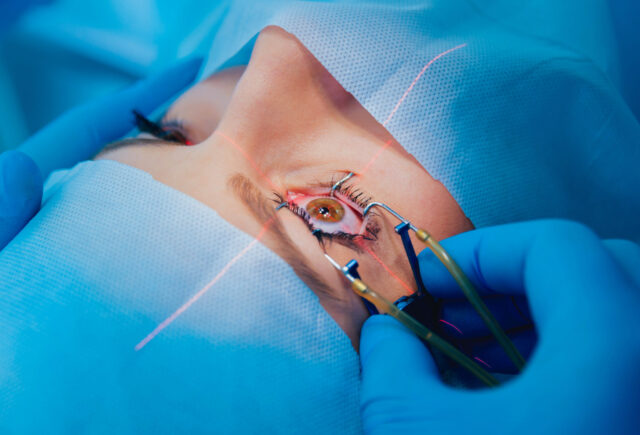Photonics in Medical Imaging: Advances and Applications

About Course
Imagine peering deep into the human body using beams of light instead of invasive procedures—this is the promise of photonics in medical imaging. From capturing real-time images of retinal layers to detecting early signs of cancer and monitoring brain activity, photonics is revolutionizing healthcare diagnostics and treatment. This course will take you on a captivating journey through the science of light and its profound impact on non-invasive medical imaging technologies.
Whether you’re a budding biomedical engineer, a healthcare technologist, or a curious student passionate about innovation, this course offers a rich blend of theoretical foundations and real-world applications. You’ll explore technologies such as Optical Coherence Tomography, Photoacoustic Imaging, and Raman Spectroscopy, while gaining insights into the future of miniaturized, high-resolution diagnostic devices. Join us to unlock how light is transforming the way we visualize, diagnose, and understand human health.
Course Content
Introduction
Brief overview of photonics in medical imaging
00:00Importance of photonics in medical imaging
00:00Objective of the ebook
00:00